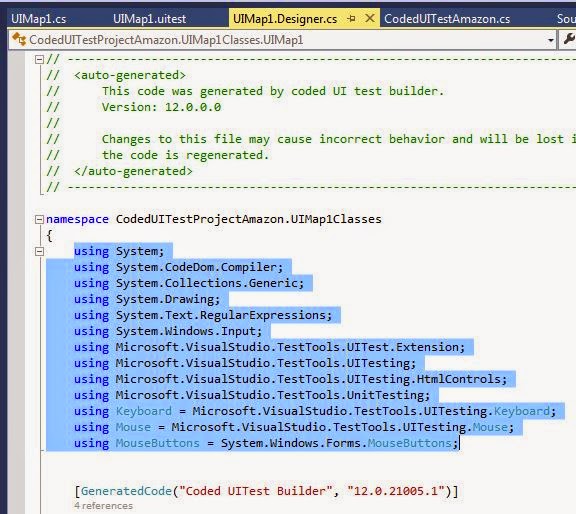- Login to VM as normal user
- Run PSExec from command line (or batch file) on local machine. I was having trouble with this; needs to be username not in quotes and password in double quotes.
- User launching PSExec.exe is the same user logged in to the VM (without admin rights)
- -i option executes interactive
- TestExecuteRemote.bat contains command line to call TestExecute that looks like this:
:: Run TestExecute and export log to c:\LOG\ExportLog.mht
:: Log file cannot exist or test will fail to run
:: Test account needs write permission to the project folder (log is also generated under project)
PSExec.exe has an option for -l to run as limited user, but the remote batch file failed to run using that option.





























